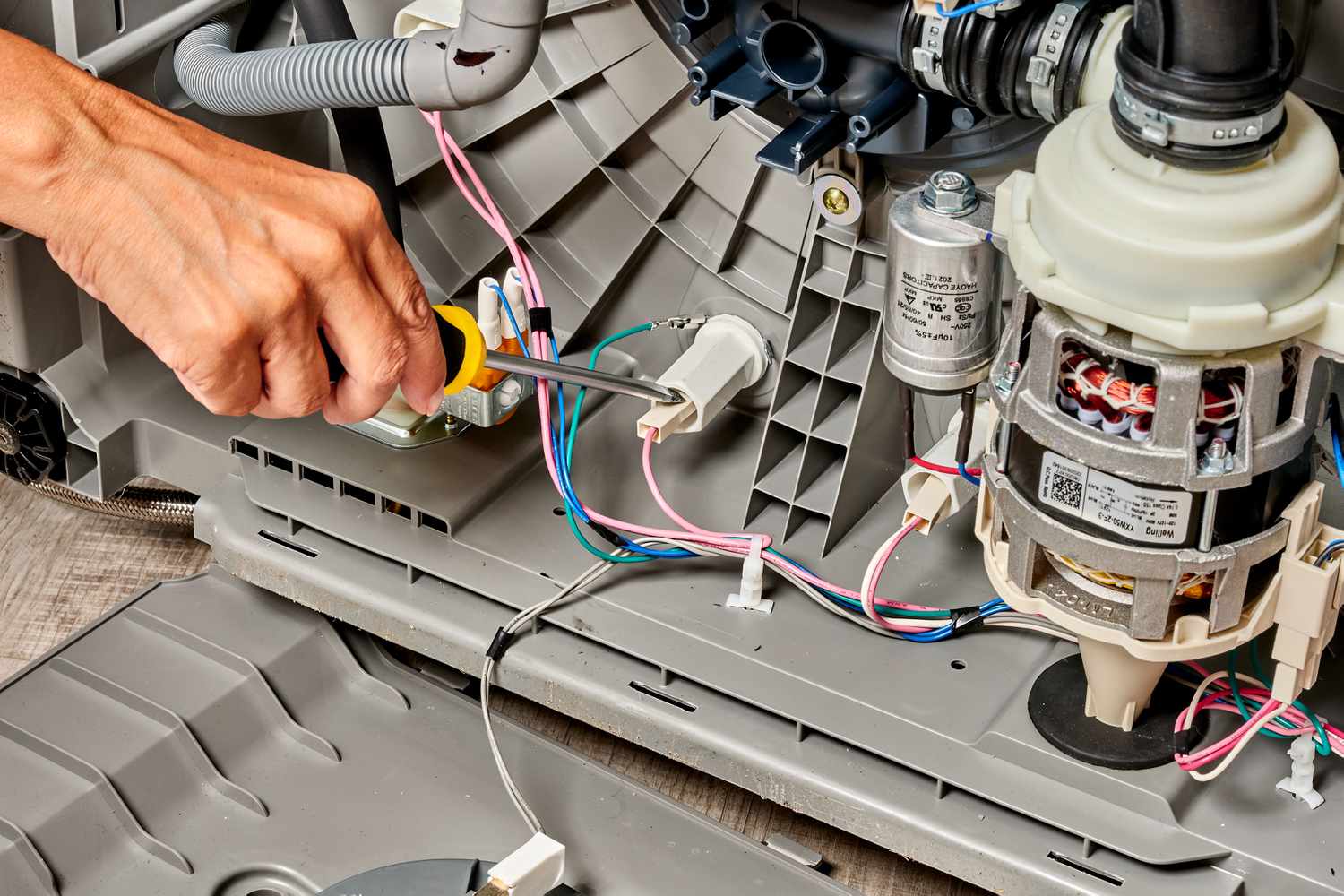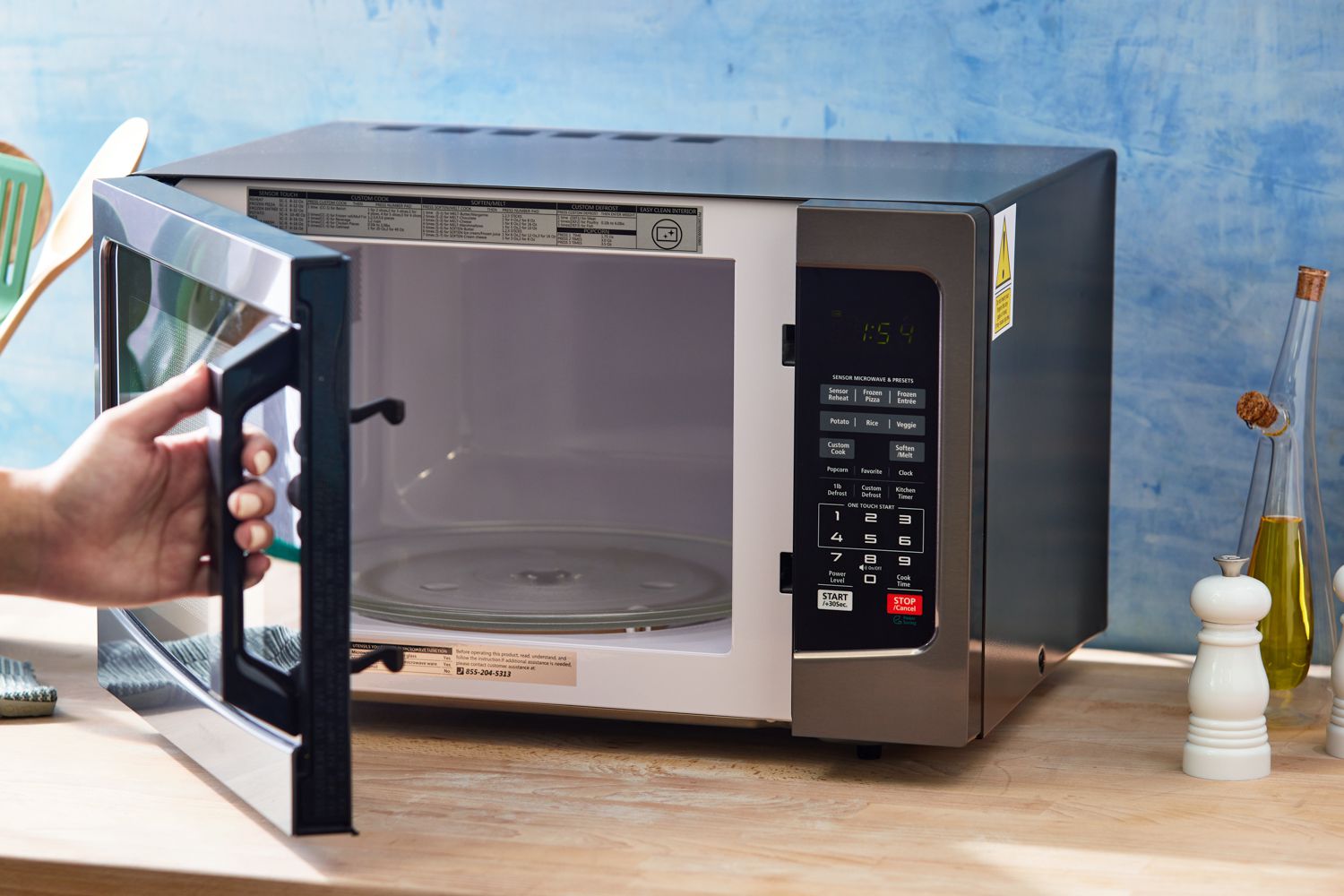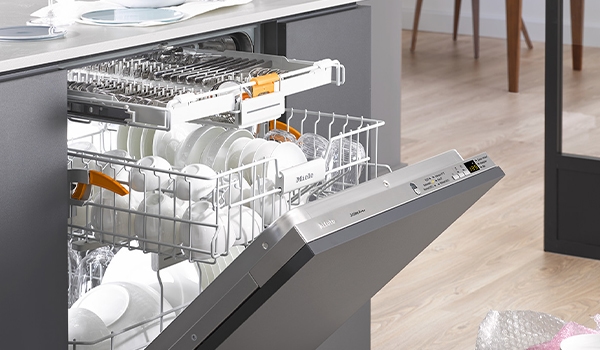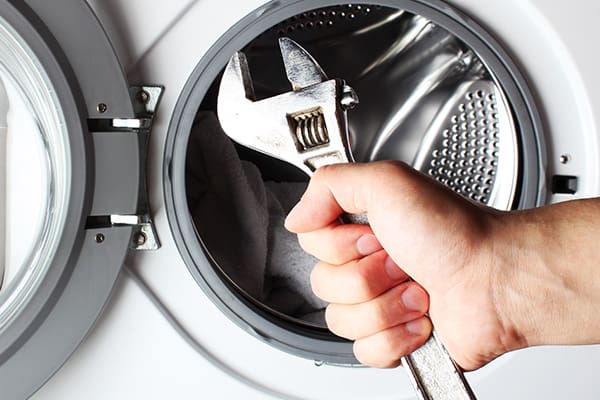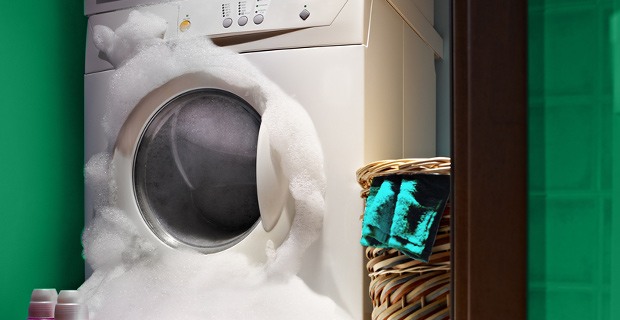Bristling Dishwasher Diagnostics: A Guide to Troubleshooting and Repair
In this guide, we'll delve into the intricate world of dishwasher repair, tackling common issues that may arise and offering practical solutions. From power supply problems to control panel malfunctions, we'll explore troubleshooting steps you can take at home. Additionally, we'll discuss when it's best to seek professional assistance and how to find reliable repair services. By the end, you'll feel equipped to diagnose and address dishwasher problems with confidence, ensuring your appliance runs smoothly and efficiently. Let's dive in!
Power Supply Issues
When your dishwasher fails to start, power supply issues often lie at the heart of the problem. Begin your troubleshooting process by meticulously examining the power sources and connections. Ensure that the dishwasher is securely plugged into a functioning power outlet and that the power cord is undamaged. Additionally, inspect the circuit breaker and fuse box to confirm that the dishwasher's circuit has not tripped or blown a fuse. A simple reset or fuse replacement may be all that's needed to restore power. By meticulously checking these fundamental aspects of the dishwasher's power supply, you can efficiently identify and address any issues, potentially resolving the problem without the need for professional assistance.
If the power sources and connections appear to be intact, move on to verifying the condition of the circuit breaker and fuse box. Locate the circuit breaker corresponding to the dishwasher and check if it has tripped. If so, reset it by flipping the switch to the "off" position and then back to the "on" position. Similarly, inspect the fuse box for any blown fuses and replace them as needed. It's essential to ensure that the dishwasher is receiving adequate power to function properly. By methodically examining these power supply elements, you can effectively troubleshoot and potentially resolve the issue, restoring your dishwasher's functionality with ease.
Door Latch and Switch Inspection
When your dishwasher fails to start, one potential culprit could be issues with the door latch and switch. Start your troubleshooting process by examining the door latch for any signs of damage or misalignment. The door latch is essential for ensuring that the dishwasher door seals properly during operation, preventing water leaks and allowing the cycle to start. Look closely for any visible wear, cracks, or misalignment in the latch mechanism. Even minor misalignment can prevent the latch from engaging properly, causing the dishwasher to remain inactive.
Next, it's crucial to test the functionality of the door switch. The door switch is a safety feature that signals to the dishwasher's control panel whether the door is securely closed. If the door switch fails to detect that the door is closed, the dishwasher will not start. To test the door switch, gently press on the door while simultaneously attempting to start the dishwasher. Listen for a clicking sound or feel for resistance, indicating that the switch is engaging properly. If there is no response or if the switch feels loose, it may need to be adjusted or replaced.
By thoroughly examining the door latch for damage or misalignment and testing the functionality of the door switch, you can pinpoint potential issues preventing your dishwasher from starting. Addressing these door-related problems promptly can help restore your dishwasher's functionality and ensure smooth operation during future cycles. If you're unsure about how to proceed or if the issue persists despite your efforts, consider consulting a professional technician for further diagnosis and repair.
Resetting the Dishwasher
Resetting your dishwasher can often resolve minor technical glitches and errors, restoring its functionality without the need for professional assistance. Here's a guide on when and how to perform a reset:
When to Reset
- Resetting the dishwasher is advisable when it fails to start, displays error codes, or exhibits abnormal behavior such as stopping mid-cycle.
- If the control panel becomes unresponsive or if certain features are not functioning correctly, a reset may also be necessary.
Steps to Perform a Reset
- Start by ensuring that the dishwasher is not in operation and that all cycle options are turned off.
- Locate the dishwasher's circuit breaker or unplug it from the power outlet. Leave it disconnected for about 5-10 minutes to allow any residual power to dissipate.
- Reconnect the dishwasher to power or flip the circuit breaker back to the "on" position.
- Wait a few moments for the dishwasher to reset itself. You may hear a series of beeps or see lights flashing, indicating that the reset process is underway.
- Once the dishwasher has completed its reset cycle, you can attempt to start a new wash cycle or use other features as usual.
Performing a reset on your dishwasher is a straightforward process that can often resolve minor issues and restore normal operation. However, if the problem persists despite resetting the dishwasher, it may indicate a more significant underlying issue that requires professional attention. In such cases, contacting a qualified technician for diagnosis and repair is recommended to ensure the continued performance of your dishwasher.
Control Panel Malfunctions
Control panel malfunctions can disrupt the normal operation of your dishwasher, making it difficult to start or complete cycles. Here's how to address these issues:
Troubleshooting Control Panel Errors
- Begin by inspecting the control panel for any visible signs of damage, such as cracks or moisture.
- If there are error codes displayed on the control panel, consult the dishwasher's manual to identify the meaning of each code.
- Try pressing the control panel buttons to see if they respond appropriately. If certain buttons are unresponsive or if the panel displays erratic behavior, it may indicate a control panel malfunction.
- Check for loose or damaged wiring connections behind the control panel. Tighten any loose connections and replace any damaged wires if necessary.
- If the control panel continues to malfunction despite these efforts, it may need to be replaced to restore proper functionality.
Resetting or Recalibrating the Control Panel
- Resetting the control panel can often resolve minor glitches or errors. Refer to the dishwasher's manual for instructions on how to perform a reset.
- Typically, resetting the control panel involves pressing and holding a specific combination of buttons for a few seconds until the panel resets.
- Alternatively, some dishwashers may have a recalibration option that allows you to adjust the sensitivity or responsiveness of the control panel. Again, consult the manual for instructions on how to recalibrate the panel.
- After performing a reset or recalibration, test the control panel to ensure that it responds correctly to input and that any error codes have been cleared.
By troubleshooting control panel errors and performing a reset or recalibration as needed, you can often resolve issues with your dishwasher's control panel and restore normal operation. If the problem persists despite these efforts, it may be necessary to contact a technician for further diagnosis and repair.
Faulty Components Diagnosis
When your dishwasher experiences issues, diagnosing faulty components is crucial for effective repair. Here's how to proceed:
Identifying Potential Faulty Components
- Begin by considering common dishwasher components that could malfunction, such as the timer, control board, or heating element.
- The timer controls the duration of each cycle, while the control board manages the dishwasher's overall operation. A malfunctioning timer or control board can lead to cycle irregularities or complete failure.
- The heating element is responsible for heating water during the wash cycle and drying dishes at the end. A faulty heating element may result in dishes not being cleaned properly or remaining wet after the cycle.
Testing Components for Continuity or Functionality
- To diagnose faulty components, you'll need a multimeter to test for continuity and functionality.
- Start by disconnecting the dishwasher from power and accessing the components you suspect may be faulty.
- Use the multimeter to test for continuity in the components' wiring and connections. A lack of continuity indicates a broken or damaged component.
- Next, test the functionality of each component. For example, if testing the heating element, check for resistance to ensure it's heating properly.
- Refer to the dishwasher's manual or online resources for specific testing procedures and acceptable values for each component.
- If a component tests positive for faults, it may need to be replaced to restore the dishwasher's functionality.
By systematically identifying and testing potentially faulty components, you can pinpoint the root cause of your dishwasher's issues and take appropriate action to repair or replace them. If you're unsure about testing procedures or lack the necessary tools, consulting a professional technician may be advisable to ensure accurate diagnosis and repair.
Professional Service and Repair
Professional service and repair can be invaluable when dealing with complex dishwasher issues. Here's what you need to know:
Knowing When to Call for Professional Repair
- If you've attempted basic troubleshooting steps and your dishwasher still isn't functioning properly, it may be time to seek professional help.
- Signs that indicate the need for professional repair include persistent leaks, electrical problems, unusual noises, or repeated error codes.
- Additionally, if you're uncomfortable or inexperienced with repairing appliances, it's best to leave the job to trained professionals to avoid causing further damage.
Finding Reliable Repair Services or Technicians
- Start by researching reputable appliance repair companies in your area. Look for companies with positive reviews, certifications, and experience specifically with dishwasher repairs.
- Ask friends, family, or neighbors for recommendations based on their past experiences with appliance repair services.
- Verify that the repair technicians are licensed, insured, and experienced in repairing your dishwasher's make and model.
- Inquire about pricing and warranties offered by the repair service to ensure transparency and peace of mind.
- Schedule a service appointment with the chosen repair service, providing them with detailed information about the issues you're experiencing with your dishwasher.
By recognizing when professional repair is necessary and finding a reliable repair service or technician, you can effectively address complex dishwasher problems and restore its functionality. Investing in professional repair ensures that your dishwasher is repaired correctly the first time, saving you time, money, and frustration in the long run.


